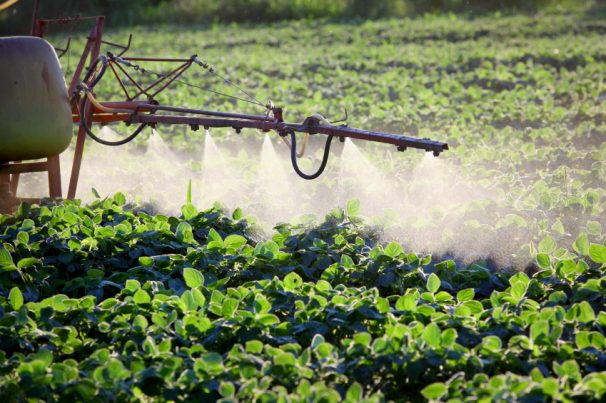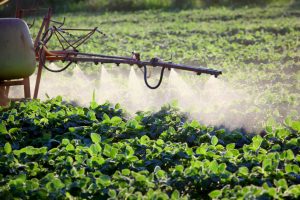
MCPB — toxicity, side effects, diseases and environmental impacts
Wednesday, November 29, 2017 by Michelle Simmons
http://www.naturalpedia.com/mcpb-toxicity-side-effects-diseases-and-environmental-impacts.html

MCPB is a phenoxy herbicide produced as a sodium salt and an acid. It is used to control Canadian thistle, buttercup, mustard, purslane, ragweed, common lambsquarters, pigweed, smartweed, sowthistle, morning glory, and other broad leaf weeds on newly sown pastures, clover seed crops, green and dry peas, and cereals undersown with ryegrass or clover. It can be applied through a controlled droplet applicator, high volume ground sprayer, low volume ground sprayer, hand held sprayer, high or low volume spray, aerial and ground broadcast, and spot treatment. It is absorbed by the leaves and roots. MCPB has the molecular formula of C11H13ClO3.
List of known side effects
There are only a few known side effects of MCPB. One of these is that it is harmful if swallowed. Moreover, the chemical may cause pain and irritation on eyes and mucous membranes. In addition, it may be harmful if absorbed through the skin. Moreover, when repeatedly exposed orally, the chemical may damage fertility or the health of the unborn child. Likewise, repeated oral exposure may cause organ damage. MCPB is known to be extremely toxic to the aquatic environment. Since it is an herbicide, it can also cause damage or death in some plants that come in contact with this chemical.
Body systems affected by MCPB
The body systems that may be adversely affected by MCPB include the integumentary, respiratory, ocular, and reproductive systems.
Items that can contain MCPB
MCPB can be found in herbicide products that are used for post-emergence control of annual and perennial broad leaf weeds, such as thistles, docks, buttercups, fat hen, shepherds purse, nightshade, nettles, plantains, ragwort, hedge mustard, and bindweed. Some of the brand names that contain MCPB are Butoxone, Tropotox, Tropotox Plus, and Thistrol.
How to avoid MCPB
Since MCPB can be harmful to humans, one way to avoid MCPB is to use appropriate protective gears when handling or working with the chemical. In order to avoid eye contact with the chemical, it is advised to wear eye protection like goggles. Moreover, it is a must to wear chemical resistant gloves made of any waterproof material, chemical resistant boots, and cotton overalls buttoned to the neck and wrist to avoid skin contact with the chemical. Furthermore, since the chemical can be harmful if swallowed, refrain from eating, drinking, or smoking while using it.
Where to learn more
Summary
MCPB is a phenoxy herbicide produced as a sodium salt and an acid. It is used for the post-emergence control of Canadian thistle, buttercup, mustard, purslane, ragweed, common lambsquarters, pigweed, smartweed, sowthistle, morning glory, and other broad leaf weeds on newly sown pastures, clover seed crops, green and dry peas, and cereals undersown with ryegrass or clover.
MCPB may be harmful if swallowed.
MCPB may be harmful if absorbed through the skin.
MCPB may cause irritation and pain on the eyes and mucous membranes.
MCPB may damage fertility or the development of an unborn baby.
MCPB exposure may affect the integumentary, respiratory, ocular, and reproductive systems.
MCPB is extremely toxic to aquatic organisms.
Sources include:
Tagged Under: Tags: MCPB






